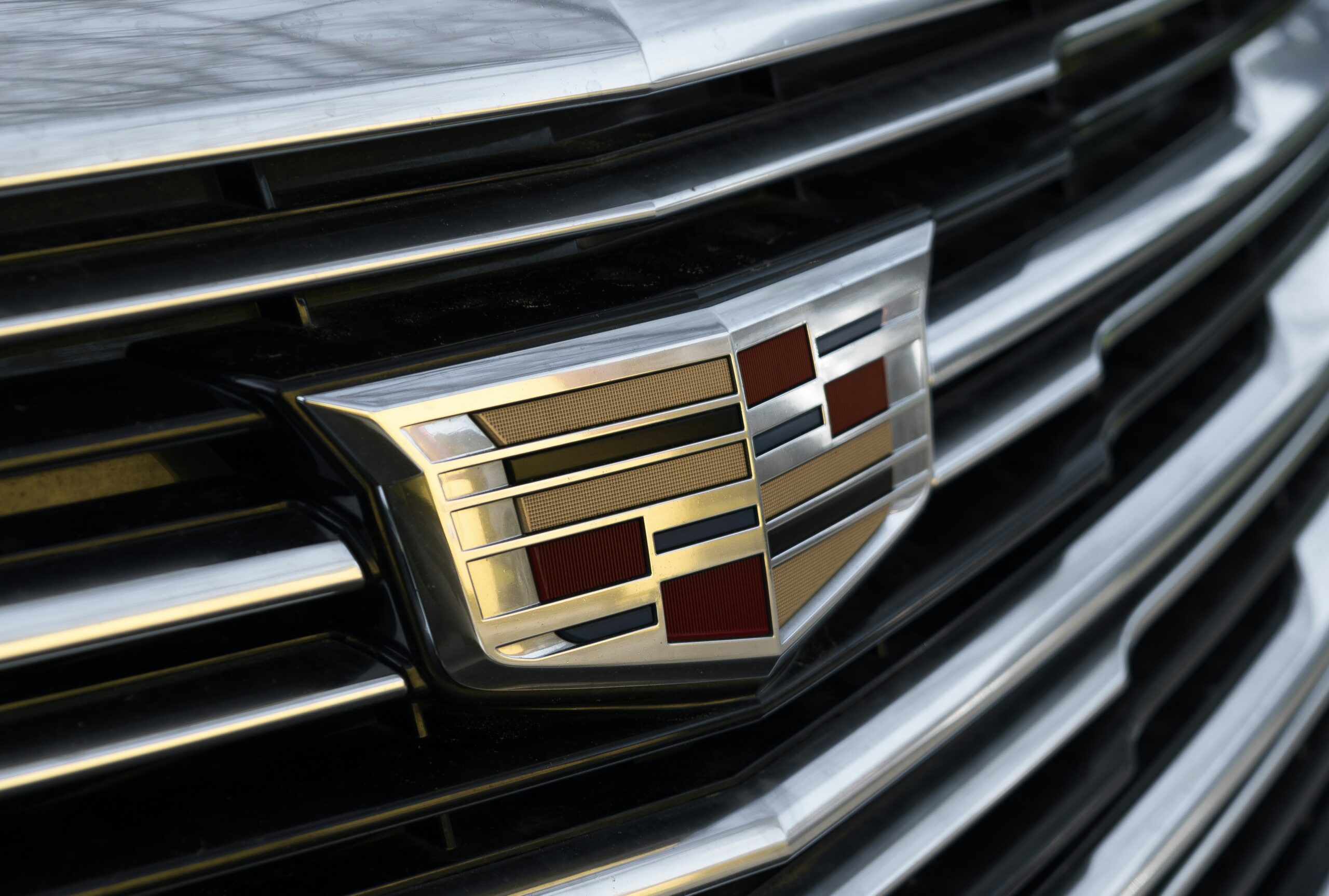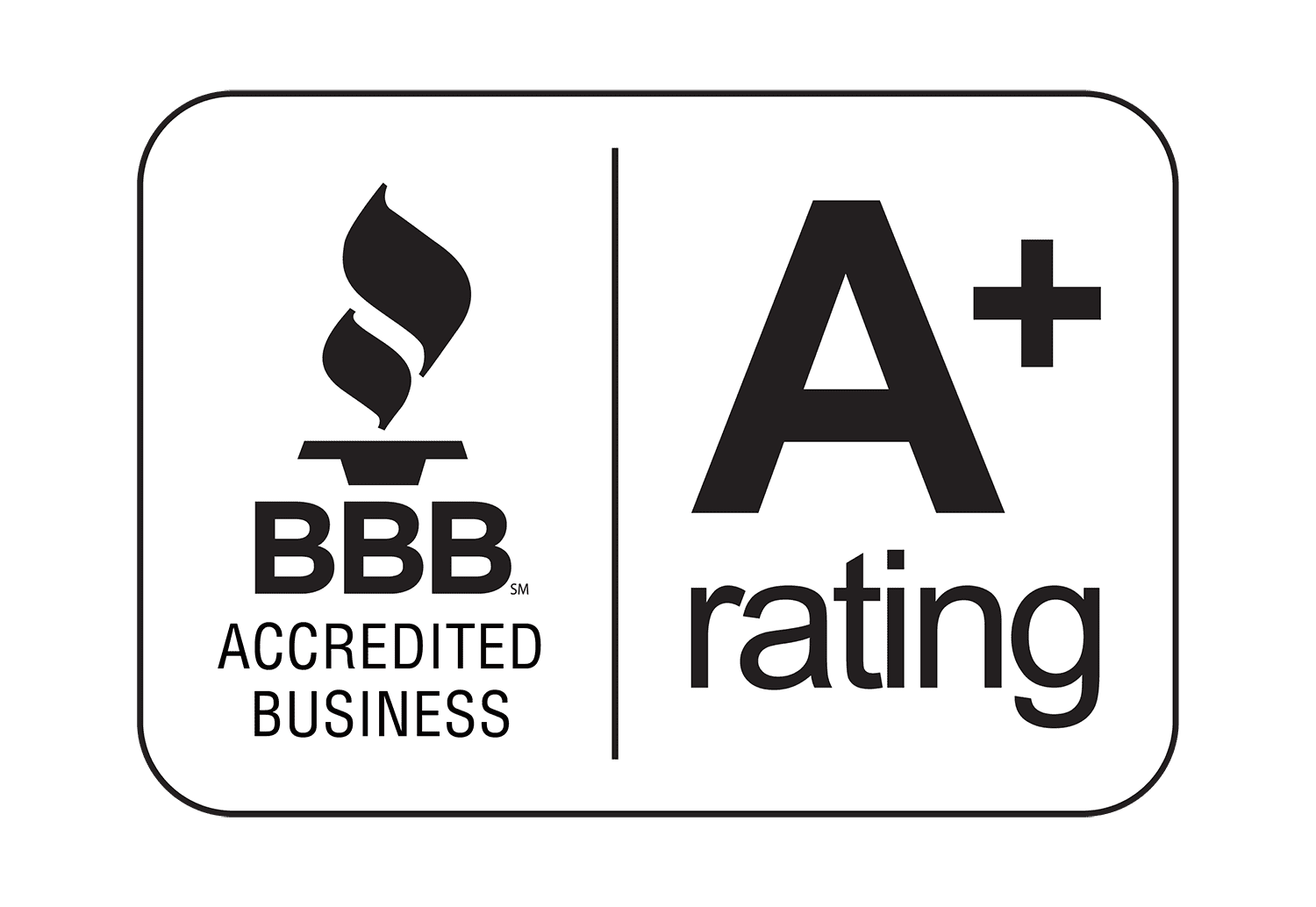i8 vs. SLS AMG Electric Drive: Hybrid Sports Car Revolution
The automotive industry has historically been a realm of high performance, remarkable design, and cutting-edge technology. This trend saw an evolutionary leap in 2014 with the introduction of two groundbreaking models: the BMW i8 and the Mercedes-Benz SLS AMG Electric Drive. Both vehicles exemplify the shift towards hybrid and electric technology in sports cars, marking a significant moment in automotive innovation. This article aims to explore the intricacies of these pioneering models, comparing their performance, design, technological advancements, and overall impact on the sports car segment.
Overview of the BMW i8
The BMW i8 made its public debut at the 2013 Frankfurt Motor Show and set the stage for a new era of hybrid sports cars. Combining a 1.5-liter three-cylinder turbocharged engine with an electric motor, the i8 generates a combined output of 369 horsepower and 420 lb-ft of torque. This powertrain allows the car to sprint from 0 to 60 mph in approximately 4.2 seconds, achieving a top speed of around 155 mph. The i8 showcases BMW’s commitment to sustainability without compromising performance, offering an impressive fuel economy of 76 MPGe in hybrid mode.
Overview of the Mercedes-Benz SLS AMG Electric Drive
The SLS AMG Electric Drive, released in the same year, is a high-performance electric vehicle that redefines the limits of power and speed. Equipped with four synchronous electric motors, each located at a wheel, the SLS AMG Electric Drive produces an astonishing total power output of 740 horsepower and 737 lb-ft of torque. The vehicle can accelerate from 0 to 60 mph in just 3.9 seconds, with a top speed of 155 mph. Priding itself on performance, the SLS AMG Electric Drive also boasts a range of 155 miles on a single charge, showcasing the potential of electric power in the world of supercars.
Performance Comparison
When comparing the two models, performance is a central discussion point. The BMW i8, with its hybrid setup, offers a blend of efficiency and power, making it suitable for everyday use while still providing exhilarating performance when needed. The i8 has a distinct operational mode that allows for an all-electric driving experience at lower speeds, enhancing its sustainability appeal.
In contrast, the Mercedes-Benz SLS AMG Electric Drive prioritizes raw power. Its electric motors deliver instantaneous torque, propelling the car forward with a level of acceleration that leaves traditional combustion engines in the dust. The advanced regenerative braking system also enhances efficiency, allowing for prolonged performance without the constant need for charging. Below is a comparison table highlighting key performance metrics:
- BMW i8: 0-60 mph in 4.2 seconds, 369 horsepower, 420 lb-ft of torque, 76 MPGe
- Mercedes-Benz SLS AMG Electric Drive: 0-60 mph in 3.9 seconds, 740 horsepower, 737 lb-ft of torque, 155 miles on full charge
Design and Aesthetics
Both the BMW i8 and the Mercedes-Benz SLS AMG Electric Drive exhibit breathtaking design philosophies that reflect their respective brands. The i8 features a futuristic, aerodynamic silhouette, characterized by its smooth lines and iconic scissor doors. Its hybrid nature is visible through the use of innovative materials, including carbon fiber-reinforced plastic, which enhances performance while maintaining a lightweight structure. The i8 also incorporates sustainable materials in its interior, showcasing BMW’s holistic approach to eco-conscious design.
The SLS AMG Electric Drive, on the other hand, adheres to the classic design ethos of Mercedes-Benz, blending elements of luxury and sportiness. It retains the signature long hood and wide front grille while incorporating the sophisticated gullwing doors. The interior is equipped with high-end materials, such as leather upholstery and carbon fiber accents, emphasizing Mercedes-Benz’s commitment to luxury without neglecting athletic aesthetics. The technological integration within the car’s dashboard leverages AMG performance features, ensuring drivers are equipped with the information needed for high-octane performance.
Technological Innovations
Advancements in technology are a critical aspect of both vehicles, as they each bring distinct innovations to the table. The BMW i8’s hybrid technology exemplifies BMW’s passion for efficient performance. The vehicle integrates an intelligent energy management system, allowing the driver to switch between combustion and electric modes seamlessly. The regenerative braking system captures energy during braking and redirects it to recharge the battery, enhancing the performance of the vehicle while contributing to reduced emissions.
On the contrary, the Mercedes-Benz SLS AMG Electric Drive redefines the capabilities of electric motors within a sports car. Each wheel is powered individually, which not only maximizes traction but also introduces advanced torque vectoring, ensuring that power is distributed effectively during acceleration and cornering. The high-performance lithium-ion battery delivers powerful thrust for instantaneous acceleration, while also maintaining a lightweight structure. Furthermore, the SLS AMG features comprehensive connectivity solutions and advanced navigation systems, enhancing the driving experience.
Historical Significance and Impact on the Market
Both the BMW i8 and the Mercedes-Benz SLS AMG Electric Drive are landmarks in the shift towards hybrid and electric vehicles in the sports car market. The i8 signifies a progressive shift in attitudes towards sustainability in automotive design, illustrating that performance does not have to be sacrificed for ecological responsibility. Its introduction helped to challenge the perception of hybrids, showcasing their capabilities as performance-oriented vehicles.
The SLS AMG Electric Drive, while more performance-focused, played a crucial role in affirming electric power as a viable option for high-performance vehicles. By offering a model that did not compromise on speed or luxury, Mercedes-Benz set a precedent in the supercar segment, influencing competitors and leading to an increase in electric performance offerings across the industry.
Price Range and Market Position
In terms of pricing, the BMW i8 starts at approximately $147,500, while the Mercedes-Benz SLS AMG Electric Drive debuted with a starting price of around $200,000. These price points reflect their market positioning as luxury performance vehicles. Both models cater to a niche audience focused on advanced technology and superior craftsmanship, with each brand offering a unique proposition to customers.
Authenticity and Care in the Market
As luxury vehicles, both the BMW i8 and the Mercedes-Benz SLS AMG Electric Drive may attract counterfeit products and imitations, especially in accessories and branded merchandise. Potential buyers should exercise caution and seek to verify the authenticity of items associated with these brands. Authentic vehicles typically come with comprehensive documentation, including service history and original paperwork, which should always be examined in detail before making a purchase.
For those unsure about authentication, it is advisable to consult professionals or verified appraisers who can help assess the vehicle’s legitimacy. Engaging an expert can provide peace of mind in acquiring high-value luxury goods.
Conclusion: A Step Towards the Future of Sports Cars
The BMW i8 and the Mercedes-Benz SLS AMG Electric Drive not only mark a significant evolution in their respective brands but also represent a pivotal moment in the automotive landscape. They embody the intersection of performance, design, and innovation, paving the way for a future where sustainability and high-speed performance coexist harmoniously. Whether one is drawn to the hybrid prowess of the i8 or the electric might of the SLS AMG Electric Drive, owning either model signifies a commitment to the future of automotive excellence.
Further Resources
For more information on hybrid sports cars and their impact on the industry, consider exploring the following reputable sources:





